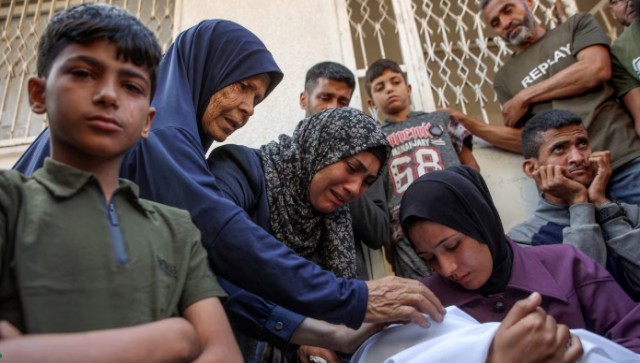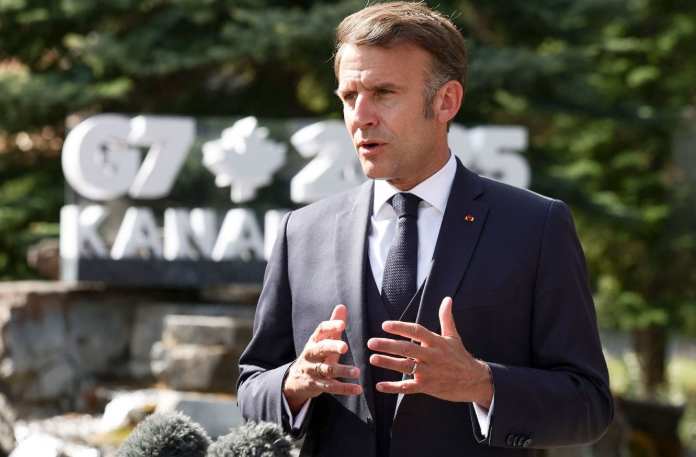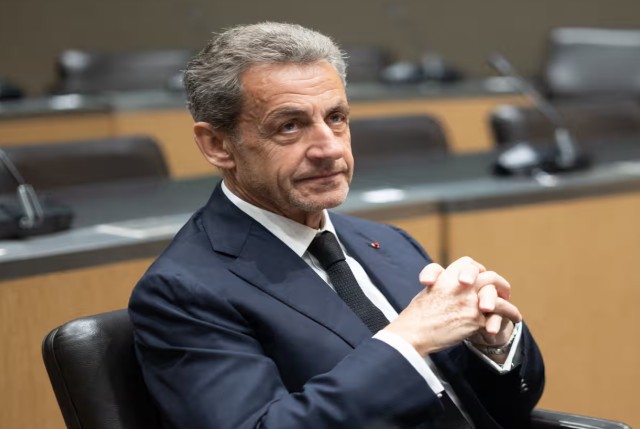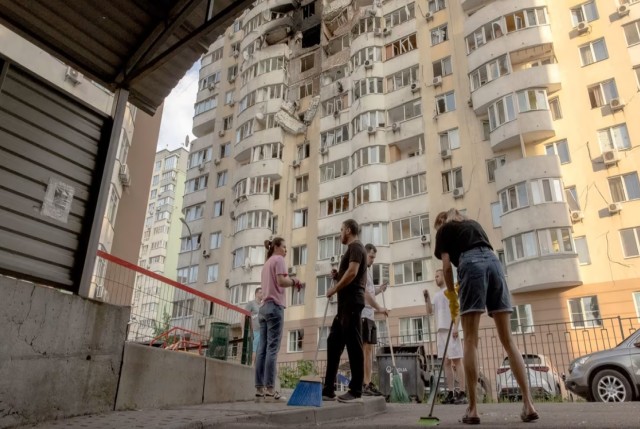
People clear up debris in front of a residential building damaged during a Russian air strike in Kyiv on June 6, 2025.
In Kyiv, air raids are no longer a surprise. For families like the Reshetniks, nighttime bomb shelter visits have become routine. Four-year-old Olexander now suggests sleeping in the underground garage from the start — a heartbreaking reflection of how deeply the conflict has reshaped daily life.
Living on the 18th floor, his family knows how critical those extra moments are when the sirens begin.
The reality in Ukraine’s capital has shifted drastically. What used to be one or two drones flying overhead has turned into massive swarms. For hours at a stretch, drones now flood the skies, triggering continuous explosions and panic.
Russia’s Drone Strategy: Bigger, Smarter, Deadlier
Russia has dramatically increased the scale and frequency of its drone attacks. On some nights, nearly 480 drones and missiles are launched at once. These are not random strikes — they’re focused and strategic, designed to wear down Ukrainian defenses and shake civilian morale.
Experts say Russia’s ability to carry out such attacks stems from its expanded domestic production of the Shahed drone, originally Iranian-designed. With an estimated monthly output of 2,700 combat drones and 2,500 decoys, Moscow has the power to saturate Ukraine’s skies.
Decoy drones are especially problematic. Ukrainian air defense systems can't easily tell them apart from real ones, forcing costly decisions — either spend precious resources shooting down fakes or risk letting real explosives through.
Targeted Cities, Rising Casualties
Russia is no longer spreading attacks thin across multiple areas. Instead, it focuses intense strikes on a few key locations each night. Kyiv, Odesa, and Kharkiv have all been recent targets. This targeted tactic causes more damage and chaos and is harder for Ukraine’s military to manage.
While Russia claims it avoids civilian targets, the numbers paint a grim picture: in just four weeks, at least 154 civilians, including children, have been killed. More than 900 have been injured.
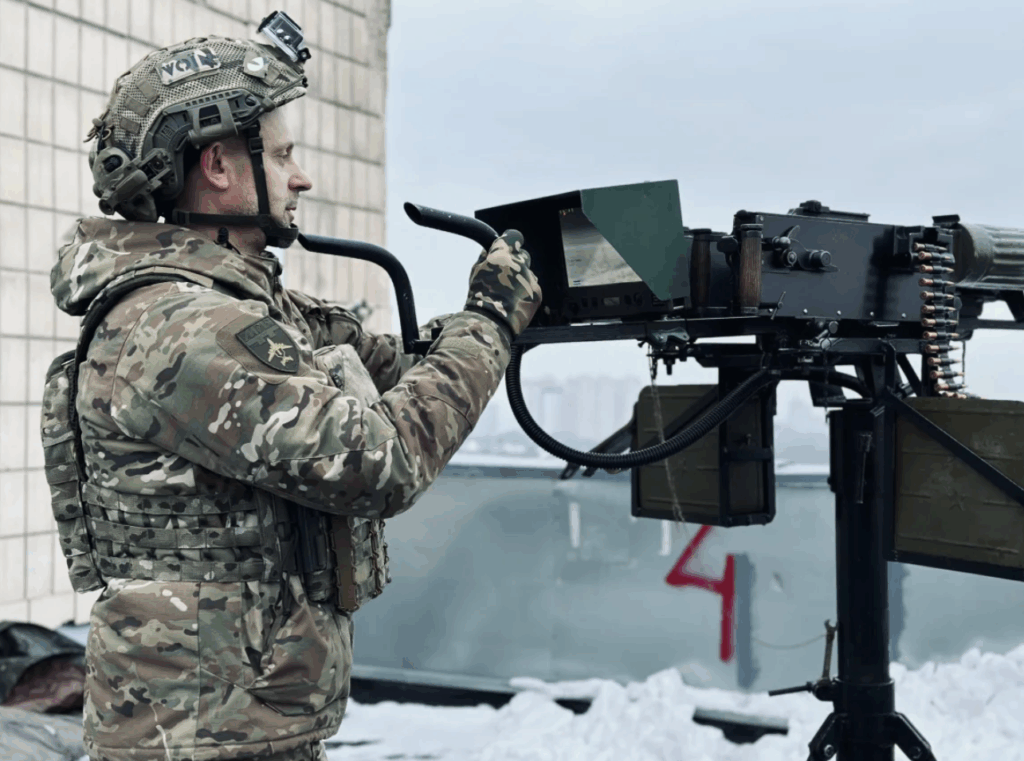
Frontlines Stagnant, But the Air War Escalates
Despite these aerial barrages, territorial shifts in the war remain minimal. Since Ukraine recaptured Kherson in late 2023, Russia has only gained about 5,000 square kilometers — and failed to seize any major cities. This makes the drone campaign even more crucial for Moscow as it tries to project power and dominance.
Ukraine’s defenders, like Supreme Court judge Yuriy Chumak, now volunteer in rooftop units to shoot drones down. But their job is getting tougher.
Russian drones are flying at higher altitudes — up to five kilometers — beyond the range of machine guns. Intercepting them now requires missiles, which are in short supply.
Adapting Under Fire
Despite dwindling resources, Ukraine’s air defenses still intercept around 80% of drones. That figure was once closer to 95%, but the volume and tactics of attacks have taken a toll.
To keep up, Ukraine has begun using drone-vs-drone technology, intercepting enemy UAVs midair. President Zelensky acknowledged this innovation, stating that Ukraine’s challenge isn’t just technology — it’s funding. While Russia reportedly builds up to 350 drones a day, Ukraine manages about 100.
A Childhood Lost to War
For children like Olexander Reshetnik, war is no longer something they watch on television — it’s the backdrop of their lives. He can identify the sound of different weapons. He and his brothers now sleep in a car parked underground, their family trying to make a war zone feel like home.
His mother, Khrystyna, laments that this terrifying lifestyle has become their “normal.” And they are among the lucky ones. Kyiv remains one of the most protected cities in Ukraine. Elsewhere, civilians are exposed to even more danger.

No End to the Sirens
In cities near the front lines like Kherson and Sumy, attacks are relentless. Smaller drones are used to target civilians constantly. While the world focuses on large-scale strikes in big cities, many Ukrainians live with non-stop danger.
As Oleksiy Melnyk, a security expert and former defense official, put it, “This is daily life now.” Even during his interview, an air raid siren forced him to seek shelter — a chilling reminder of the constant threat above.







